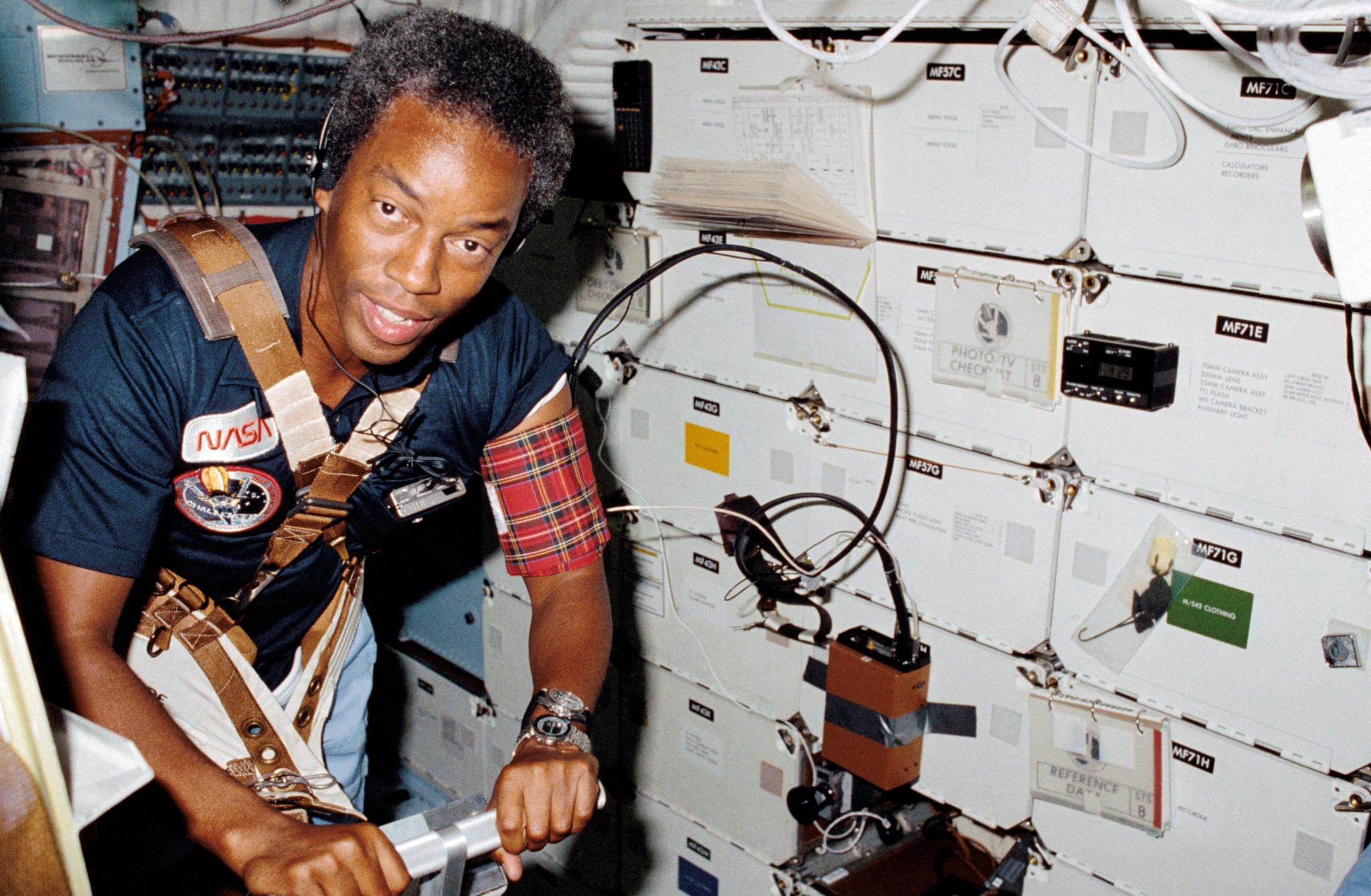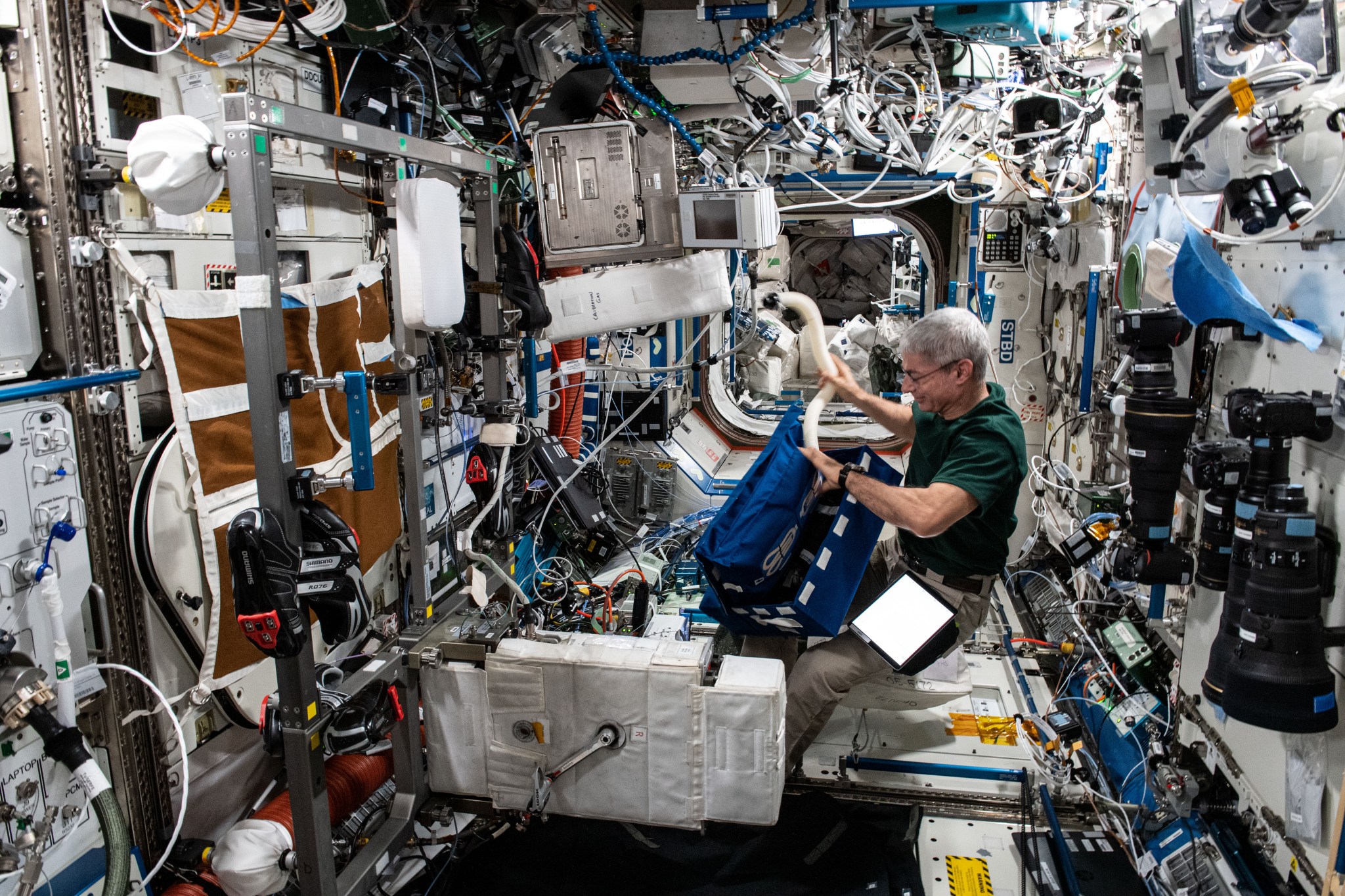Exposure to the microgravity environment causes muscle size, strength, and endurance to decline. Based on ISS data, if crew adhere to the exercise schedule and have access to adequate exercise countermeasure systems then on average, they return with minimal losses of muscle size, strength, and endurance. New exploration countermeasures systems will be different from ISS and may not have the capability to support exercise as required to maintain human performance.

Directed Acyclic Graph Files
+ DAG File Information (HSRB Home Page)
+ Muscle Risk DAG and Narrative (PDF)
Human Research Roadmap
+ Risk of Impaired Performance Due to Reduced Muscle Size, Strength & Endurance
































